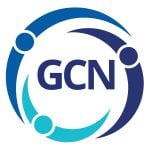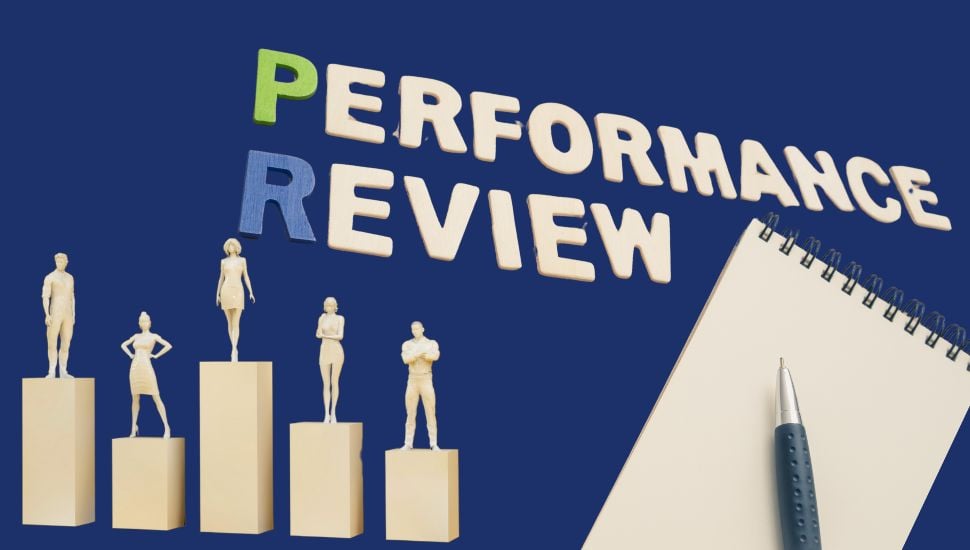A performance review does not need to be daunting. Performance review preparation can become a potent tool for career advancement, salary negotiation, and professional development with thorough preparation.
Whether your goal is a promotion, a raise, or to showcase your accomplishments, the key to success is in your hands through adequate performance review preparation.
Why Preparing for a Performance Review Matters
A performance review isn’t just about your manager’s perspective—it’s your chance to highlight your contributions, demonstrate how your accomplishments align with the company’s mission, and set your career development path in motion. Now is your time to present measurable accomplishments, share your progress, and plan your next steps.
Let’s walk through a structured, step-by-step plan to help you prepare effectively.
Step 1: Track Your Accomplishments Year-Round
Don’t wait for review season to recall what you’ve achieved. Create a system to log accomplishments consistently using project management tools, goal-setting apps, or a simple spreadsheet.
- You will find many tools in this article. New emerging technologies are constantly popping up, so search for apps and tools in your favorite search engine.
- Record project names, dates, and outcomes
- Note challenges overcome and creative solutions
- Include team members or cross-functional collaboration
Pro Tip: Keep a digital “brag book” in tools like Google Drive, Trello, Notion, or OneNote. Update it weekly or monthly with how you helped the company make or save money or time. For instance, you could briefly describe the project, the challenges you faced, and the innovative solutions you implemented.
Step 2: Quantify Your Impact with Metrics
Performance metrics are the language of leadership and tell the story of your success. Use data to back up your achievements and tell a compelling story of impact. Numbers resonate—especially with hiring managers and executive leaders. Share them on LinkedIn if they are not proprietary.
Track how you:
- Generated revenue (e.g., new clients, upsells, growth initiatives)
- Cut costs (e.g., vendor negotiations, budget optimization)
- Saved time (e.g., automation, process improvements)
Examples of Results-Driven Statements:
- Increased customer retention by 25%
- Reduced employee onboarding time by 10 hours per hire
- Saved the company $50K annually through contract renegotiations
Use strong action verbs to start each bullet—find a list of 300+ high-impact action verbs to supercharge your resume and review notes.
Step 3: Connect Your Work to Company Goals
Review your job description, team Key Performance Indicators (KPIs), or organizational Objectives and Key Results (OKRs). Align your achievements with business objectives such as:
- Revenue growth
- Customer satisfaction
- Operational efficiency
- Risk mitigation
- Regulatory compliance
- Productivity Gains
This alignment shows you understand the bigger picture and how your role drives success.
Step 4: Gather Feedback and Praise
Positive feedback helps strengthen your case during a performance review. Gather insights and testimonials from emails or other messages or testimonials in your kudos folder from:
- Colleagues and cross-functional partners
- Clients or customers
- Managers from other departments
- A 360-degree feedback tool with many free ones available online
Step 5: Prepare and Rehearse Talking Points
Think of your review as a professional presentation. Prepare to articulate clearly:
- Major accomplishments and metrics
- Obstacles you’ve overcome
- Skills you’ve developed or courses you’ve completed, including upskill or reskill certifications or career development sessions. Check out the over 100 online learning sources in this article.
- Career goals for the upcoming year
Practicing helps you present your value confidently and strategically.
Step 6: Learn to Advocate for Yourself
Don’t assume your manager remembers everything you did. Use a simple, results-focused framework:
“One of my key accomplishments this year was ___, which led to ___, resulting in ___% savings or ___ hours saved.”
Be bold. Be clear. Be proud of what you’ve contributed.
Step 7: Update Your Resume and LinkedIn Profile
After you prepare for your performance review, refresh your professional brand online and on paper. Career management means keeping your career documents up to date.
- Add recent accomplishments and metrics to each bullet point of your resume
- Update your LinkedIn profile with new skills, certifications, and metrics, and refresh your profile monthly.
- Post about your growth or lessons learned—this increases visibility and opens doors
By keeping your career documents current, you are not just prepared for internal promotions, new opportunities, or unexpected changes. Still, you are also taking a proactive step toward your career management.
Final Thoughts
Performance reviews are career checkpoints—not just an HR requirement. They’re an opportunity to showcase your value, reflect on your progress, and plan your future.
You take ownership of your career narrative by tracking accomplishments, leveraging metrics, and preparing to speak about your work.
As Peter Drucker once said, “What gets measured, gets managed.” Keep measuring, keep managing, and let your results speak for themselves.
NEXT STEPS
- Subscribe to my newsletter on LinkedIn™ for bright ideas on how to manage your career.
- If you need a resume or LinkedIn™ profile to get you to your next step, book a call to chat! Can’t beat a free discovery call!
- Join as a member at https://greatcareers.org/membership of the #1 business networking association on the Philadelphia Business Journal’s Book of Lists five years in a row!
- To support our charity at KeepOnSharing.com and use the referral code Career
- Follow #GreatCareersPHL
BIO
Lynne M. Williams is the Executive Director of the Great Careers Network, a volunteer-run 501(c)3 nonprofit organization that provides career development and networking connections for 1) job seekers in career transition, including veterans, and 2) employed and self-employed for career management.
Aside from writing keyword-focused content for ATS resumes and LinkedIn profiles, Lynne is writing her doctoral dissertation on LinkedIn for Job Seekers. She is a contributing author on “Applying to Positions” in Find Your Fit: A Practical Guide to Landing the Job You Love, along with the late Dick Bolles, the author of What Color is Your Parachute?, and is also a speaker on career topics.




